
Nissan GT-R Coupe (2009-2022) engines, drive and performance
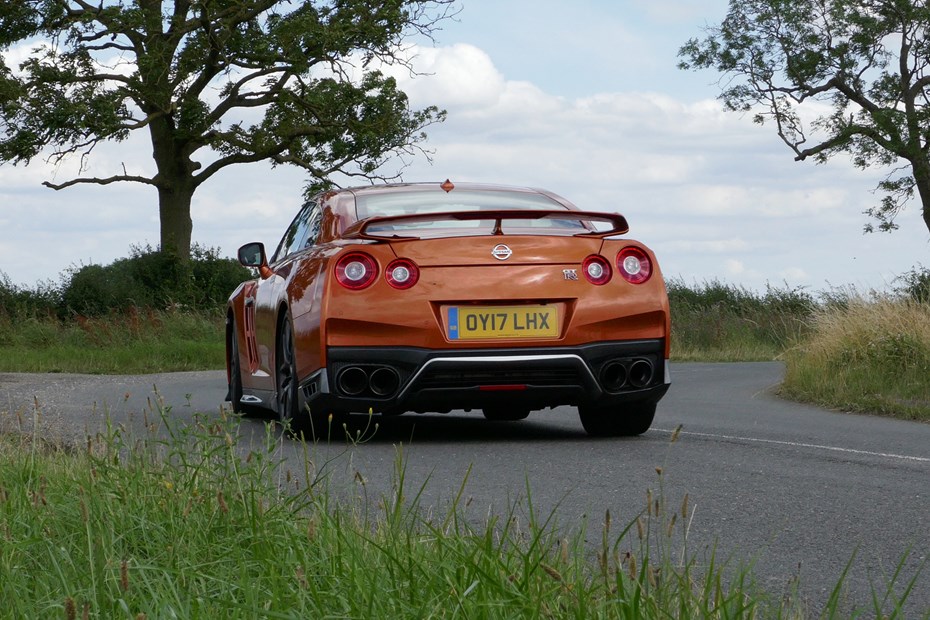
- Enormous speed on tap
- Improved transmission for 2017
- Characterful engine note
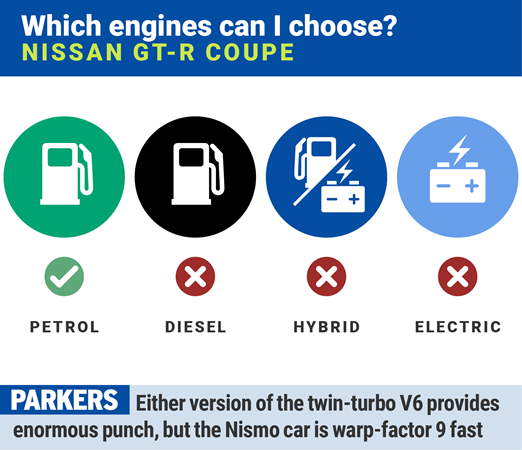
Sensational is the best way to describe Nissan GT-R performance – hardly a surprise when you consider that the earlier versions of the 3.8-litre twin-turbo V6 produced a very healthy 480hp.
Extraordinary power levels
For 2017 the GT-R’s powerplant was further fettled in order to extract even more urgency from its metallic loins: all models barring the Nismo deliver 570hp to all four wheels at a high-revving 6,800rpm – in other words you need to make the engine scream to enjoy all it has to offer – something it does willingly.
Peak torque is rudely stoked too, at 637Nm from 3,600rpm – that’s high enough to make the engine tractable and smooth at lower speeds, but not so high as to require a lot of gear changes to make the GT-R go quickly.
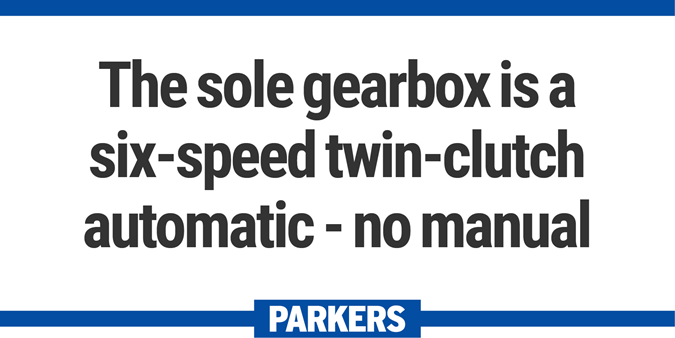
Nissan states the GT-R’s top speed is 196mph and it doesn’t quote an official 0-62mph acceleration time – a conservative estimate puts it at sub-four seconds.
There’s snarl to the exhaust note even at lower engine speeds; it responds with alacrity to demands for more power, and as the revs increase the GT-R sounds angrier, with a deep bellow accompanied by the high-pitched whine of the twin-turbos spinning.
Power is uprated to 600hp and 652Nm of torque for the GT-R Nismo, yet Nissan quotes exactly the same top speed – and still no 0-62mph time. We’d expect this to be around the three-second mark.
No manual transmission is offered for the GT-R, the sole gearbox available being a six-speed twin-clutch automatic.
Earlier versions proved difficult to manoeuvre at lower speeds, particularly between first and second gear where the changes were characterised by being jerky.
Significant revisions to the gearbox were ushered in as part of the facelift at the end of 2016, making the GT-R much smoother at lower speeds by refining the transition between the lowest ratios.
- Stiffer, more aerodynamic body for better balance
- Security of four-wheel drive is standard
- Nismo version promises to be a track hero
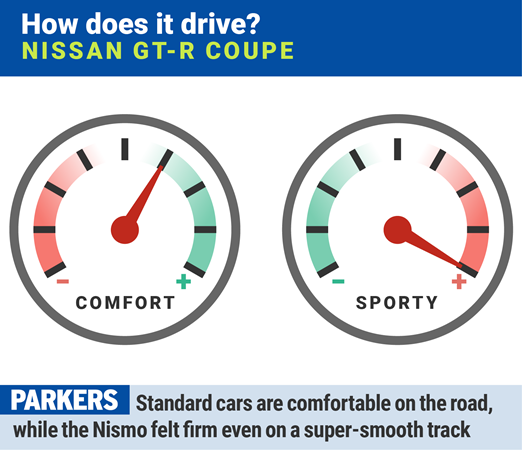
Nestle behind the wheel of the Nissan GT-R and you soon learn than its flattering handling enables even less-capable drivers to look like heroes behind the wheel.
The GT-R’s a sports coupe bristling with electronic wizardry allowing various of the car’s parameters to be adjusted from within the cabin, including suspension stiffness, sensitivity of the throttle pedal, the degree of wheelspin permitted under harder acceleration, and how long each gear is held for when in automatic mode – and that’s just scratching the surface of what it can do.
Four-wheel drive ensures traction is maximised under a range of road surface conditions enabling GT-R drivers to extract the maximum performance from the car all year round.
In reality it’s too fast for UK roads – the main draw for some drivers. If you’re approaching the GT-R’s limits on the public highway you’re either driving badly or at a speed you’ll one day have to read out to a magistrate.
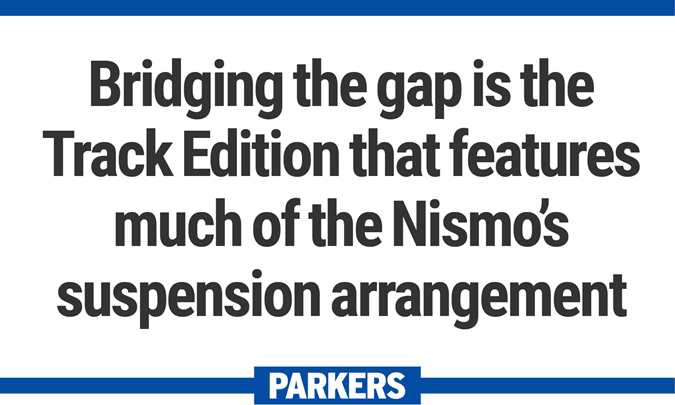
It’s not quite the same experience as a rear-wheel drive car like a similarly powerful McLaren 570S. You simply buckle up and marvel at the way it sticks to the tarmac.
We’d recommend taking your GT-R to a track day to explore what it can really do within a controlled environment. And prepare to get a tired neck.
Enhancements for 2017 onwards
Although the GT-R’s facelift at the end of 2016 had a cosmetic appeal, there was more to it than simply nipping and tucking the Nissan’s lines.
The deeper grille design feeds more air to the engine but also stabilises the airflow across the car’s nose. A similar story is found around the back of the car – the rear wings have had the chamfering near the back window smoothed away, while the tail features a revised spoiler and elongated edges to the rear bumper.
These tweaks not only make the GT-R less susceptible to changes in wind direction, they also stiffen the car, allowing the suspension to be modified so that it maximises grip from the tyres, allowing drivers to corner faster than ever.
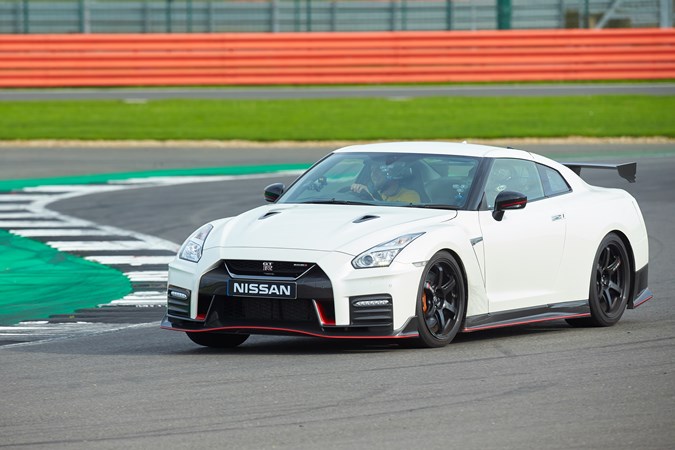
Positively, this has allowed the suspension to be tuned to be more supple in Comfort mode, making the GT-R even easier to live with day-to-day.
Track Edition and Nismo versions
The track-focused-but-road-legal GT-R Nismo delivers more extreme performance, closer to a race car than the other derivatives.
It is a frankly baffling machine, capable of generating huge amounts of braking, cornering and of course accelerative G-force. We’ve only driven it in its natural habitat, on track, where it was deeply impressive.
The way it corners makes the standard GT-R feel positively roly-poly, and the power on tap requires very measured prods of the throttle pedal.
Bridging the gap is the Track Edition – this features much of the Nismo’s suspension arrangement but without the carbonfibre downforce-inducing wing arrangement or the higher output engine.
Intriguingly, both can produce downloadable telemetry so that you can pore over the lap data and replay it in 3D-rendered form with the appropriate games console.



_15.jpg)
_18.jpg)
_22.jpg)
_24.jpg)
.jpg)
.jpg)
.jpg)
.jpg)
.jpg)
.jpg)
.jpg)
.jpg)
.jpg)
.jpg)
.jpg)

.jpg)




_17.jpg)
_13.jpg)
_19.jpg)
_20.jpg)
_21.jpg)
_23.jpg)
_25.jpg)
_27.jpg)
_28.jpg)
_30.jpg)






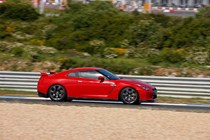
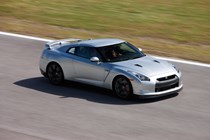
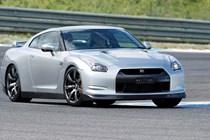
_10.jpg)
_11.jpg)
_9.jpg)
.jpg)
.jpg)
.jpg)
.jpg)
.jpg)
.jpg)
.jpg)
.jpg)
.jpg)
.jpg)
.jpg)
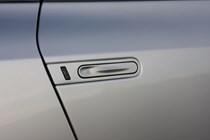
.jpg)
.jpg)
.jpg)
.jpg)
.jpg)
.jpg)
.jpg)
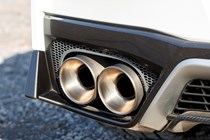






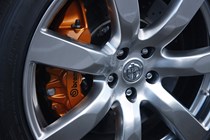

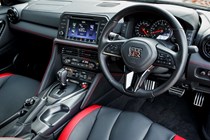
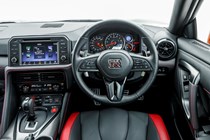
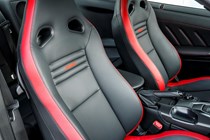
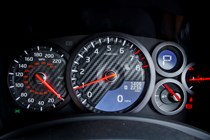
.jpg)
.jpg)
.jpg)
.jpg)
.jpg)
.jpg)
.jpg)
.jpg)
.jpg)
.jpg)
.jpg)
.jpg)
.jpg)
.jpg)
.jpg)
.jpg)
.jpg)
.jpg)
.jpg)
.jpg)
.jpg)
.jpg)
.jpg)
.jpg)
.jpg)
.jpg)
.jpg)
.jpg)
.jpg)
.jpg)
.jpg)
.jpg)
.jpg)
.jpg)
.jpg)
.jpg)
.jpg)
.jpg)
.jpg)
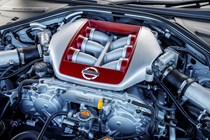
.jpg)
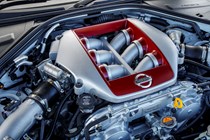
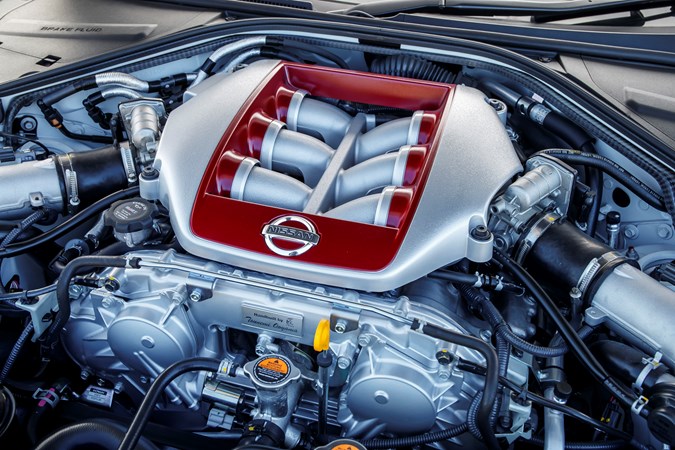

_15.jpg?quality=50)
_18.jpg?quality=50)
_22.jpg?quality=50)
_24.jpg?quality=50)
.jpg?quality=50)
.jpg?quality=50)
.jpg?quality=50)
.jpg?quality=50)
.jpg?quality=50)
.jpg?quality=50)
.jpg?quality=50)
.jpg?quality=50)
.jpg?quality=50)
.jpg?quality=50)
.jpg?quality=50)

.jpg?quality=50)




_17.jpg?quality=50)
_13.jpg?quality=50)
_19.jpg?quality=50)
_20.jpg?quality=50)
_21.jpg?quality=50)
_23.jpg?quality=50)
_25.jpg?quality=50)
_27.jpg?quality=50)
_28.jpg?quality=50)
_30.jpg?quality=50)









_10.jpg?quality=50)
_11.jpg?quality=50)
_9.jpg?quality=50)
.jpg?quality=50)
.jpg?quality=50)
.jpg?quality=50)
.jpg?quality=50)
.jpg?quality=50)
.jpg?quality=50)
.jpg?quality=50)
.jpg?quality=50)
.jpg?quality=50)
.jpg?quality=50)
.jpg?quality=50)

.jpg?quality=50)
.jpg?quality=50)
.jpg?quality=50)
.jpg?quality=50)
.jpg?quality=50)
.jpg?quality=50)
.jpg?quality=50)













.jpg?quality=50)
.jpg?quality=50)
.jpg?quality=50)
.jpg?quality=50)
.jpg?quality=50)
.jpg?quality=50)
.jpg?quality=50)
.jpg?quality=50)
.jpg?quality=50)
.jpg?quality=50)
.jpg?quality=50)
.jpg?quality=50)
.jpg?quality=50)
.jpg?quality=50)
.jpg?quality=50)
.jpg?quality=50)
.jpg?quality=50)
.jpg?quality=50)
.jpg?quality=50)
.jpg?quality=50)
.jpg?quality=50)
.jpg?quality=50)
.jpg?quality=50)
.jpg?quality=50)
.jpg?quality=50)
.jpg?quality=50)
.jpg?quality=50)
.jpg?quality=50)
.jpg?quality=50)
.jpg?quality=50)
.jpg?quality=50)
.jpg?quality=50)
.jpg?quality=50)
.jpg?quality=50)
.jpg?quality=50)
.jpg?quality=50)
.jpg?quality=50)
.jpg?quality=50)
.jpg?quality=50)

.jpg?quality=50)
